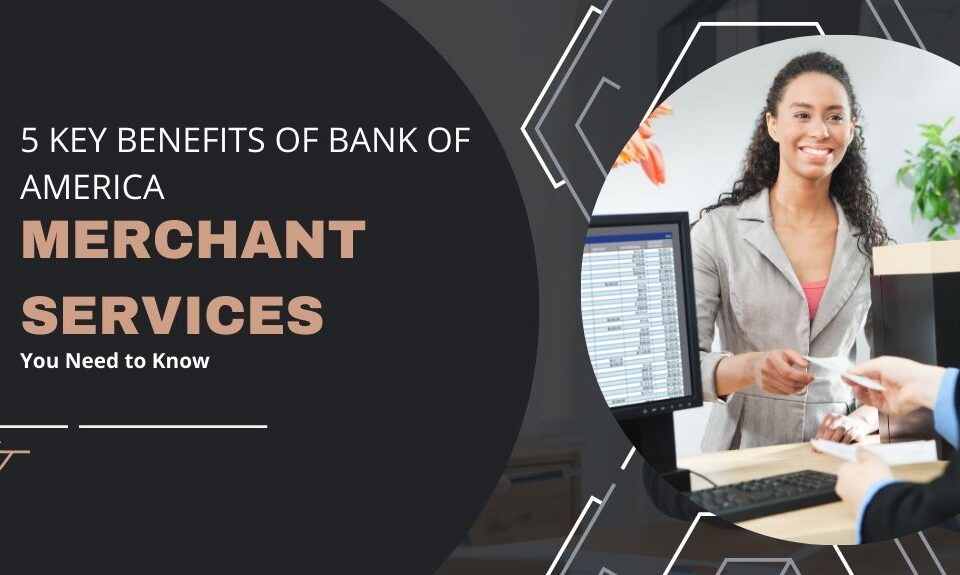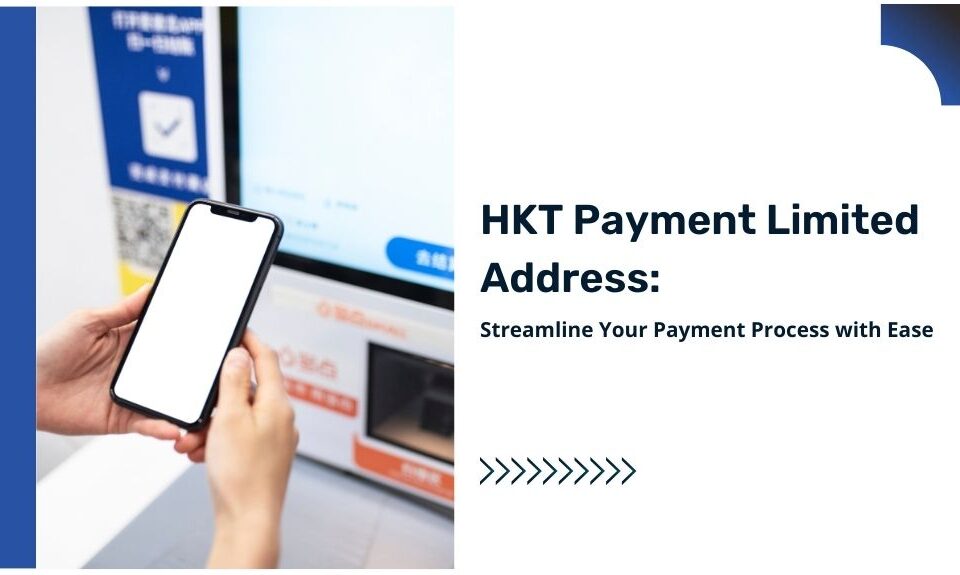Important Considerations When Buying a BankCard ISO or Merchant Processing Portfolio
Residuals: What they Are and How They Are Calculated on My Merchant Portfolio
June 2, 2022Purchasing a portfolio is not a walk in the park. A lot of details go into the making of a portfolio, and sometimes the minor details are overlooked.
Given all the factors involved in this type of purchase, such as the type of merchants and the amount of risk involved, it can be difficult for many to properly evaluate whether a purchase right for them or not.
That’s why this article will shed light on the important things to consider when buying a Bankcard ISO or Merchant Processing Portfolio, as well as discuss the importance of the reasons why you would buy one in the first place.
What To Consider When Buying a Bankcard ISO Or Merchant Processing Portfolio
The worth of a portfolio lies in its value for the intending company. To properly asses this value, consider the following factors:
Type of Merchants
When purchasing a portfolio, it is very important to know the type of merchants to go for. In this case, the purchaser can go two ways: traditional or non-traditional.
Traditional merchants are more likely to continue with the same processor. This builds a foundation of trust and reliability which in turn, makes for a seamless portfolio.
The non-traditional way, on the other hand, may not be the same, especially in online businesses. Here, the business owner or company has a significantly lower capital outlay.
Things may differ in some respects between the two. This is why it is important to know how they work and see what works best for one’s company.
Payment
Although it is quite common for these types of purchases, the purchaser should still ensure that payments will continue to be made over time. With this, the purchaser can continue to earn money that can in turn help to finance the acquisition of the portfolio in turn.
Also, this will reduce the possibility of the vendor portfolio moving merchants from to another processor. This will make the vendor of the portfolio more trustworthy.
Indemnity
This has to do with the issue of service to the merchants. In some cases, the vendor of the portfolio may be obligated to service the merchants. In situations like this, the purchaser may not wish to take on these obligations.
In cases like this, there may be an agreement for the agent to continue to service the merchants. This could be because of an existing relationship between the agent and merchants, or because the purchaser does not wish to service the merchants.
In such situations, there would most likely be some kind of compensation for the agent. This would be the case since the agent is obligated to continue to service the merchants. However, in the event of post-closing date lawsuits relating to the merchants, the purchaser would likely have to indemnify the agent. So, this should be considered carefully.
Risk Distribution
The issue of risk distribution should be considered carefully when purchasing a portfolio. There are always obligations in agreement for risk distribution for merchant losses. In most cases, the purchaser will most likely be liable for losses incurred after the closing date of the transaction. On the other hand, the agent will be liable for losses incurred before the closing date.
Credit Card Processor Consent
Before purchasing a portfolio, it is important to ensure that the credit card processor is aware of, and agrees to, the transaction. In most agreements, the processor has to give consent before any sale. Without confirming said consent, you would be basically paying for nothing and could be scammed.
Attrition rate
The attrition rate is an important aspect to consider when purchasing a portfolio. This rate is basically how long a portfolio has come.
When a portfolio has been in existence for a long time, with fewer merchants recently added, merchants are more likely to stick to the same processor.
Why Purchase a Portfolio?
There are different reasons to purchase a portfolio. Some may be financial while others are strategic.
For one, portfolio purchase gives the ability to profit from economies of scale and added value provided. For instance, an ISO can reduce its operating costs by using existing customer service to service new merchants. The ISO can take on the necessary obligations to service purchased merchants with few extra employees.
With a portfolio purchase, the purchaser or company can expand its geographic reach. This happens when the company purchases a portfolio that has sales agents in markets where the company does not currently operate. When the company purchases the portfolio, the company will be able to expand its product offerings.
Parting Words
Purchasing a portfolio can provide someone with more powerful financials, or with more leverage in key areas of their business. If you review each aspect of your potential purchases carefully, you’ll be able to make a decision that benefits you greatly.



